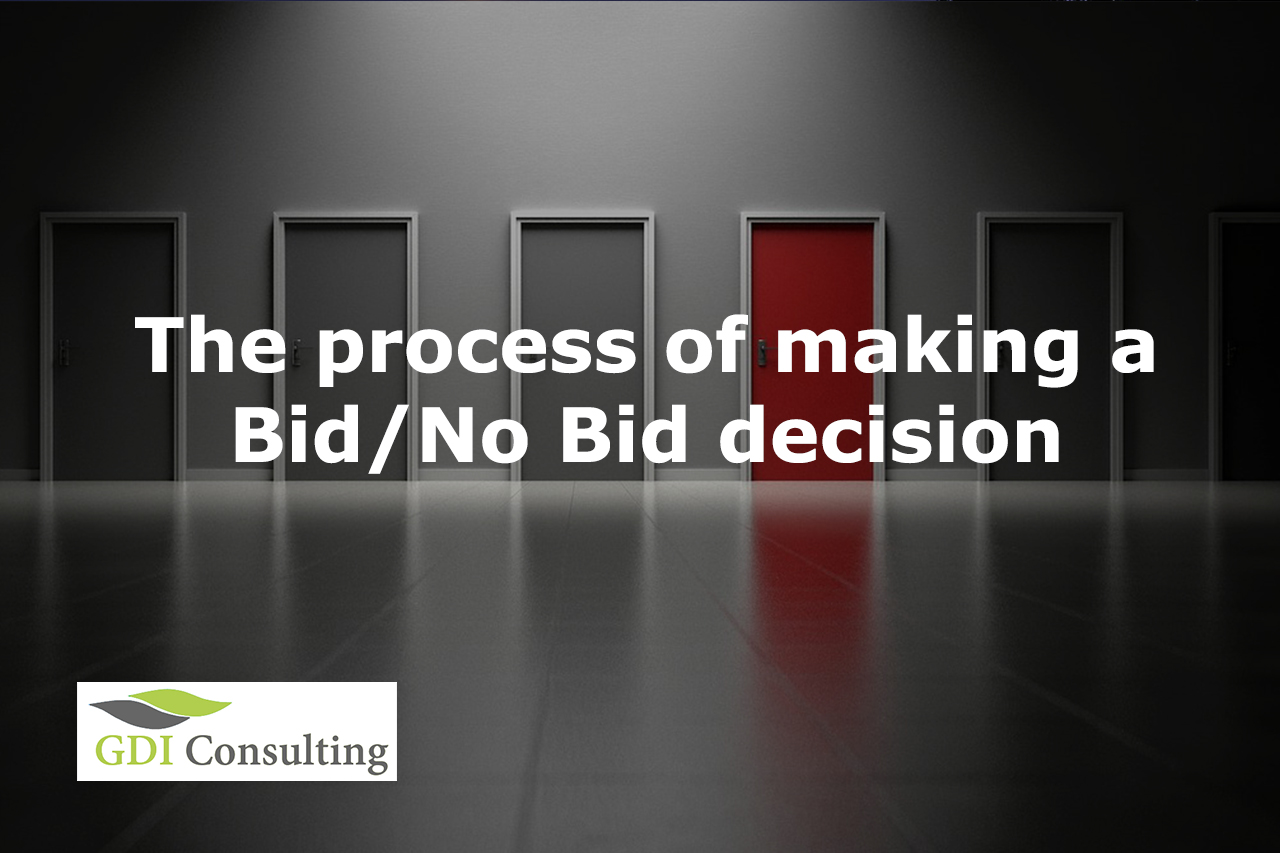The reason some companies have higher win rates doesn’t stand on the effectiveness of their proposals, neither on the innovative technologies that they use during the proposal development process. Although these elements are crucial to a winning proposal, what makes a company successful in the competition for a federal contract is the initial decision on the opportunities they choose to fill their pipeline. Before deciding to bid or not to bid, there is a great deal of time and effort needed to analyze the pros, cons, and risks to ensure that your company’s objectives are in alignment with your overall strategy. In order to take an objective approach when making the bid/no bid analysis, it is important to consider significant factors below.
Profits
There is no need to say that the main purpose of a business deal is the profit. Make sure to make a thorough examination to determine the extent of your profitability based on the cost of the workforce and the equipment you’ll need to perform the contract. An effective cost estimate helps you determine if the value of the contract will help your company meet business expectations and goals.
Competence
Once you come to the conclusion that the contract will bring value to your company, you need to make sure you possess the abilities to perform the job. It is important to ensure you have workforce skills; capability to provide the right technologies to complete the project on budget and time; make sure you’re financially stable to cover all the expenses to avoid any potential risks that can hinder you from accomplishing the tasks; and other necessary resources to commit the job to excellence.
Past performance analysis
A past performance analysis is important to help you identify your chances against a federal contract opportunity. By keeping a record of your past successful bids, failures, and making a “lessons learned” list you’ll be able to make better bid decisions in the future. Keep records of the won projects to see how your performance was productive for your company and if you met the requirements of the contracts and your business long-term strategy.
Strategy
Another key factor that determines your P-Win is the right assessment of whether the opportunity you’re considering to pursue meets your business strategy. If you have a clear idea of what you want to achieve in the near future, whether you’re thinking expand your company or remain at the same level, make sure the contract is consistent with your overall strategy. You don’t want a project that will slow down your business growth!
Risks
The last but not the least of essential factors that should be carefully thought prior to making a decision is the assessment of risks. Identify potential risks and weigh up whether you have taken enough precautions to prevent project hindrance.
Bid/No Bid Decision-Making Tools
Most of the companies use intuitive decision making to determine whether to bid or not to bid. However, to help you make your decision drawn out from a realistic approach based on facts, you should use two main bid/no bid decision-making tools.
Bid no bid decision checklist
This is a simple tool where you can answer important questions regarding bidder information to weigh your abilities to convince the decision makers; internal information to check if the opportunity fits your long-term strategy; and market intelligence/competitive assessment to identify your weaknesses, strengthens and discriminators against your competitors.
Bid no bid decision matrix
This is a more sophisticated tool designed to help bid managers contemplate the score you reached when answering the questions to determine whether the bid is acceptable and convenient for your company.


